South African city copes with climate change by chopping down trees
- Octopus Media

- Feb 28, 2024
- 5 min read
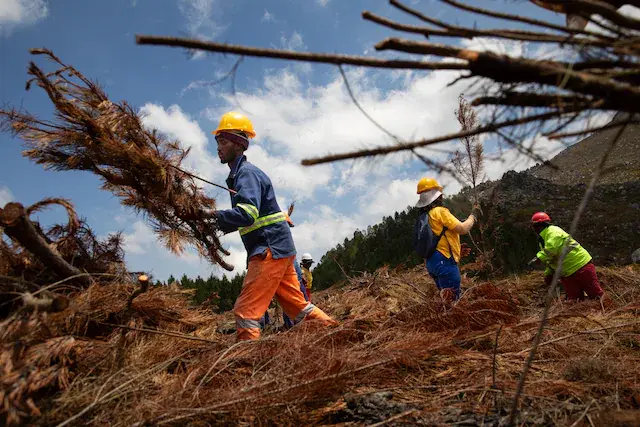
CAPE TOWN, South Africa — Climate change is already taking a severe toll on Cape Town, contributing to worsening droughts that threaten to leave the city’s taps dry.
In response, conservationists here are frantically chopping down trees — and are even contemplating burning them down.
While preserving the world’s forests is widely considered essential to combating climate change, scientists in South Africa have determined that invasive tree species are sucking up so much groundwater that the area is better off eliminating the trees. Invasive black wattle, pine and gum trees crowd the jagged slopes that encircle this region’s sprawling wine lands, displacing native vegetation and choking off precious water that would otherwise trickle into the city’s reservoirs.
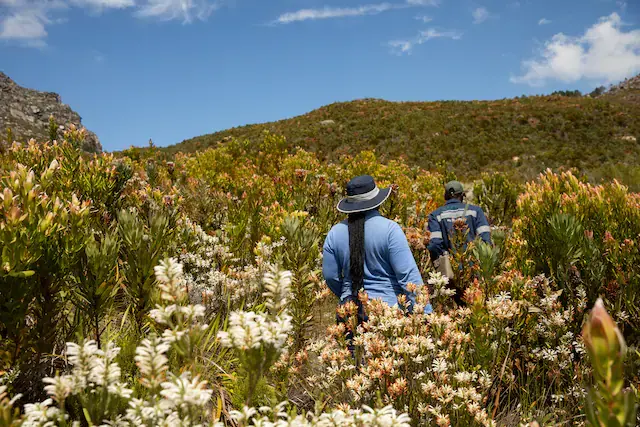
Projections by hydrologists working for the Greater Cape Town Water Fund — a consortium of government, businesses and conservation groups — show that getting rid of foreign tree species can produce an extra two months’ worth of water for Cape Town much more cheaply than other solutions such as desalination.
So far, crews brandishing chain saws and handsaws have cleared 120 square miles over the past three years, with a similar area yet to be razed.
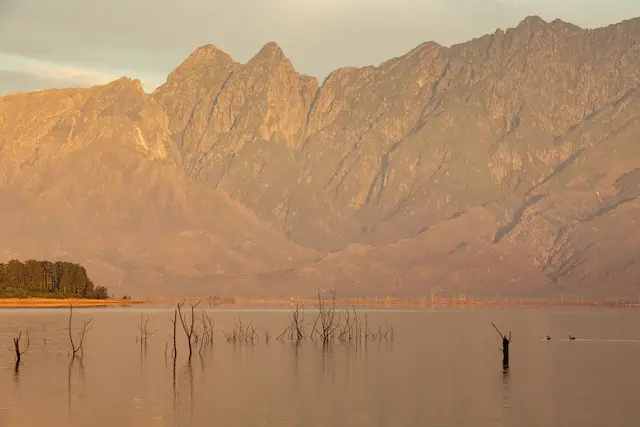
This month, the Nature Conservancy, which is leading the project, released the Water Fund’s first statistics, which are based on 4.5 years of preliminary data measuring water flow in six catchment areas. They show that a catchment area covered by native fynbos vegetation averages 34 percent higher flow per year than an adjacent catchment invaded by pine trees.
This data has been collected by the conservancy’s South Africa science manager, Richard Bugan, who hikes up the mountains every couple of months to download information from sensors recording stream flow and rainfall. He and a team of experts also wade through streams to monitor insects, fish and amphibians. His equipment has been scorched by wildfires and washed away in floods — and he’s nearly been left behind with the snakes and baboons when the winds became too fierce for a helicopter to fly — but he says the results are exciting.
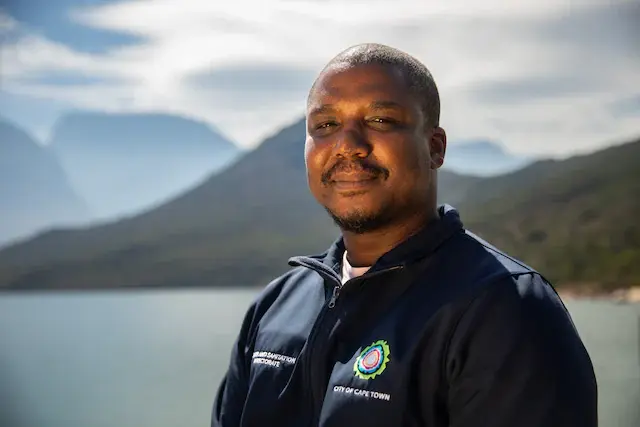
The findings jibe with independent researchconducted by Alanna J. Rebelo, a senior researcher in the water science unit at South Africa’s Agricultural Research Council, and other scientists. Their paper found that clearing mature infestations of alien trees, such as pines, from areas that would otherwise be treeless increased available water by 15 to 30 percent.
Several other countries — including the United States, Canada and Australia — have used similar methods to manage their water, said Aida Bargués Tobella, an expert on trees and soil at the Swedish University of Agricultural Sciences. Although in many situations trees improve soil quality, Tobella said Cape Town was a particular case because the land was not degraded and the trees were water-hungry invasives.
Rhett Harrison, a Zambia-based landscape ecologist at the Center for International Forestry Research and World Agroforestry, said that harvesting trees to manage water for reservoirs or hydroelectric dams was “quite well-established science,” and that practitioners include the U.S. Forest Service.
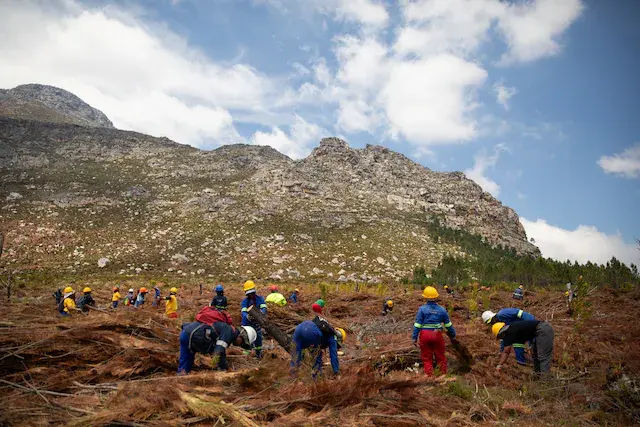
The extra water provides a lifeline for Cape Town. Five years ago, the city was within weeks of “Day Zero,” when authorities warned they would shut off domestic taps and force residents to line up for water at distribution points. Civil engineer Linda Siyengo heads up the city’s Bulk Water Resource and Infrastructure Planning, and his team was leading the efforts to try to conserve the last drops before the water turned to sludge. “It was like trying to squeeze water out of a rock,” he recalled. “We reduced pressure in the pipes until it was a trickle.”
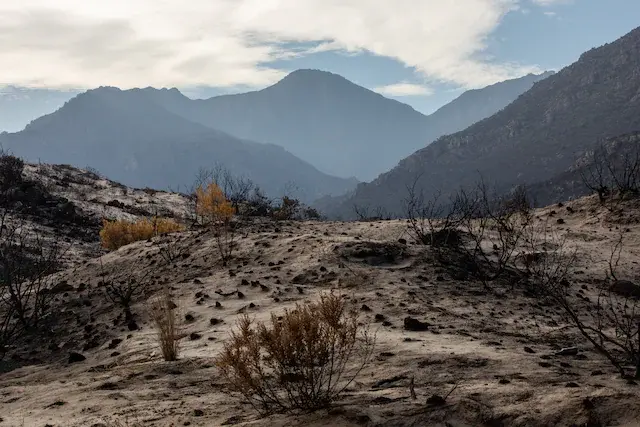
The drought was so bad that it would normally occur only once every 400 years. Not anymore. Scientists from Stanford University and the United States’ National Oceanic and Atmospheric Administration (NOAA) published research in 2020 showing that climate change had made Cape Town’s drought five to six times as likely and that future droughts there were likely to be longer and more severe.

It’s not just Cape Town. This month marked a full year in which the world was an average 1.52 degrees Celsius (2.74 degrees Fahrenheit) hotter than in the preindustrial era. Globally, extreme weather events are spiking — with more-intense cyclones as warmer air holds more water, longer droughts in other areas, and more forest fires as heat dries out vegetation.
Fires aren’t always bad. Many of the Cape’s most iconic species — conebushes, proteas and ericas — need fires to reproduce because the flames cause the flowers to release their seeds. But pine burns 10 times as hot as the fynbos bush, incinerating seeds and scorching earth so native species can’t recover.
Now the Water Fund wants to set trees on fire in hard-to-reach ravines starting in July, trusting mice and ants to carry seeds back in. For the past three years, the fund has helicoptered in workers to rappel down cliffs and cut trees. But that’s slow and expensive. Fire is fast and cheap — and can be controlled if done right, said Kirsten Watson, manager of the Water Fund. Fires are already sweeping the Cape, and the trees don’t provide long-term carbon storage because they will soon burn one way or another, she said.
“We can burn it safely — or it can be a wildfire,” she said, motioning to a steep ravine of pines during a recent hike to a cleared area. “That might happen when winds are high and helicopters can’t fly and it can’t be managed.”
Watson, a former civil servant who studied botany, stops along the ridge to exclaim over flowers as if they’re old friends — silver brunia, under pressure from the Asian cut-flower market, and the clusters of sunset-colored ericas emblazoning the hillsides. She fears that rare species are slipping into extinction without anyone noticing.
More than two-thirds of South Africa’s 20,400 plant species are found nowhere else in the world, said Karen Esler, a distinguished professor of conservation at Stellenbosch University. Invasives have already driven at least seven of the Cape’s plant species extinct, and 14 percent are in immediate danger of extinction, she said, adding that if native species are lost, local ecosystems will be even more disrupted by climate change.
Former firefighter Ayabonga Velem now heads a team of tree-cutters fighting to save the fynbos. In the Hottentots Holland mountain range this month, the revs of their chain saws echoed down the escarpment.
The workers are a mix: some former firefighters, a civil engineering trainee, newly graduated job seekers and former civil servants. Many say it’s tough to be away from family for weeks at a time, but they find friendship in the mountains. Sometimes they find love: Babies born to workers who met on the mountain have been named Carabiner, Chainsaw and Pine. “I want to call mine Spark,” Velem said, smiling.
Although South Africa has cleared invasive species for several decades, previous government efforts paid low wages and at times suffered from public budget cuts, so the clearing campaign was sometimes erratic or scattershot. Workers would mostly just clear up to where they could hike, leaving swaths of invasive species undisturbed higher up.




























































Comments